How do you know if you can trust your handgun with your life? Here we discuss some methods for testing and evaluating defensive pistols.
I’m often asked how I evaluate new pistols sent to me for review. The short answer is that I have a standard protocol I use. It starts with a familiarization of the pistol and any new to me, or new to that model, features it might have. Then, I typically run about 50 to 100 rounds of FMJ ammo through the pistol to check for reliability and for additional familiarization.
If a pistol fails this segment due to reliability issues, I simply send it back.
If the pistol makes it through those first 50 or 100 rounds, I begin precision testing. I’ll select three to five factory range and carry loads, and then I’ll generally shoot three to five, five-shot groups from a rest at 10 yards, while also chronographing each shot fired. I have a standard here, too. If I cannot cover all those groups with a snuff can—2.5 inches in diameter—I’ll also send the pistol back.
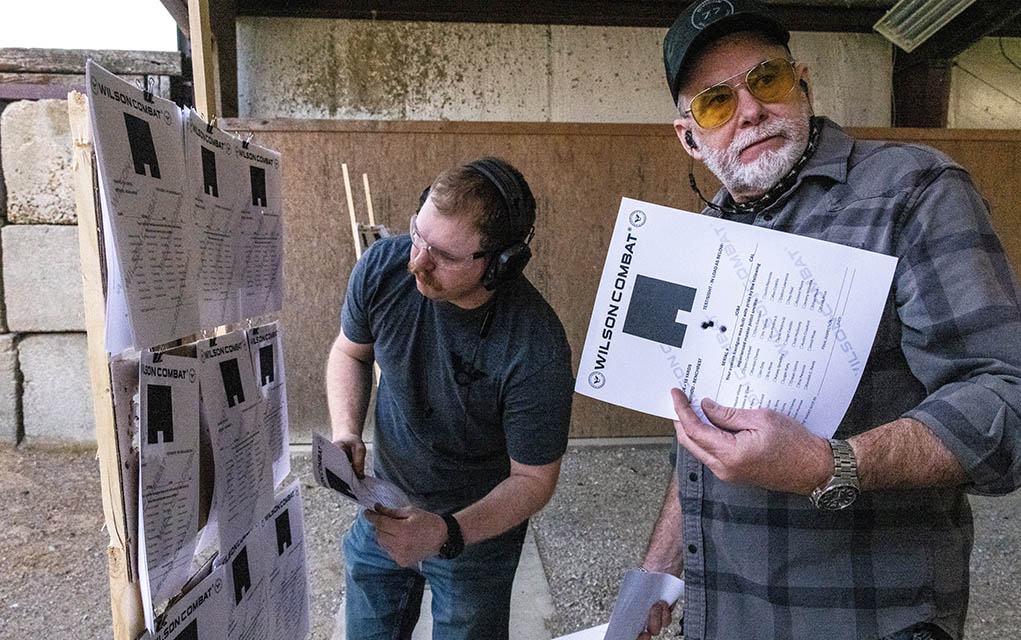
Also, during precision testing, I’m looking to see how reliable the pistol is with the varied munitions I’m testing in it.
The final segment of my testing protocol involves subjecting the pistol to various shooting drills for which I have lots of data obtained with other pistols I’ve reviewed. This allows me to compare the pistol’s—and my—performance with similar pistols I’ve tested. It also gives me a chance to work with the pistol from the holster and in a self-defense context.
Often, if possible, I’ll let others of varying experience levels shoot the pistol and consider their opinions. Generally, a complete pistol test involves about 500 to 600 rounds, unless I really enjoy shooting it, in which case I might shoot twice that much.
The Austin Effect
Recently, I spent a week at Wilson Combat, touring the manufacturing facility and interviewing and interacting with the engineers, gun builders and testing crew. Wilson Combat thoroughly tests every gun they build before it leaves the factory. Austin Crawford heads up the testing department and not only is he a good shot, but he and his team are also intimately familiar with all Wilson Combat firearms. This allows them to effectively diagnose any issues they might encounter. I spent the day with Austin learning their testing process, and I think you might find it interesting because they’ve developed a protocol that’s proven to ensure only pistols that work make it out the door.
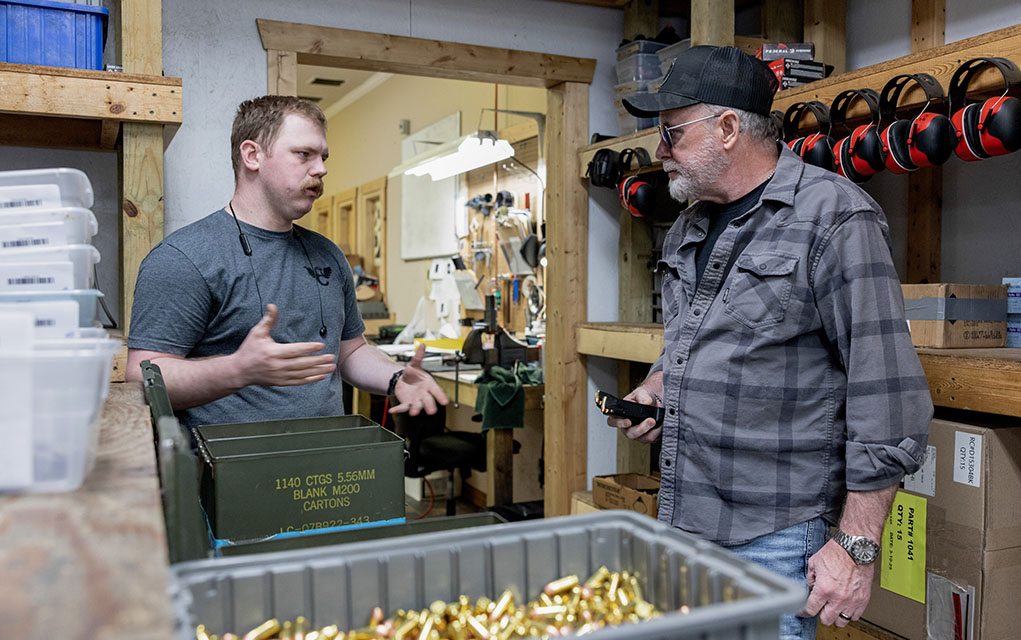

When a gun arrives in the testing department, a member of the test crew familiarizes themselves with it. Granted, Wilson Combat has a limited number of base models, but there are accessories and options like reflex sights.
Next, the test firer tapes the sides of the slide, top of the slide and the mouth of the magazine well to prevent any damage to the finish that could occur during testing. Then, the pistol is taken to the test range with all the magazines that ship with it, and they’re included in the test. As for ammunition, Wilson Combat has selected loads for function
testing and for precision testing in each cartridge they chamber pistols for.
However, if you order a custom pistol, you can specify what loads you want it tested with.
The first test a pistol must pass is a magazine dump. Then, they further check the pistol for reliability by firing five magazines—using the magazines that ship with the pistol—loaded with only three rounds. Then, another five magazines are fully loaded, but only the top three rounds are fired from each. Finally, and only with 9mm pistols, they’ll fire a full magazine filled with light-recoiling PMC 115-grain FMJ ammunition, one-handed, with a semi-limp wrist.
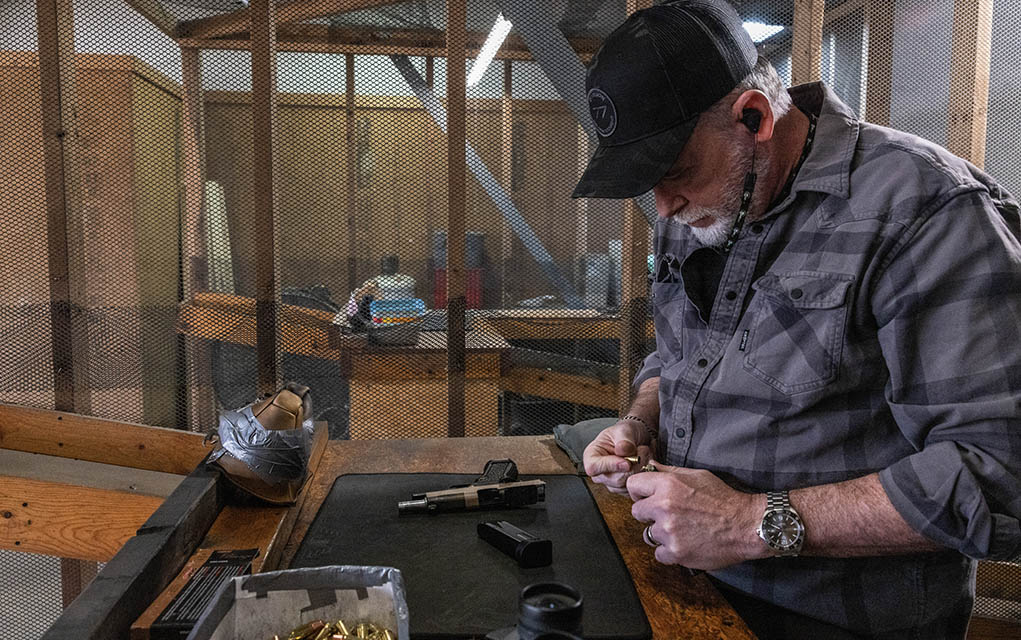

Over his nearly 50 years of building quality custom handguns, Bill Wilson has learned that, if a malfunction is likely to occur, it’ll generally appear during this test. If one—just one—stoppage occurs, the pistol goes back for fixing.
Next, the test team targets the pistol. With every pistol Wilson Combat offers, depending on the model, they guarantee sub 1.0- or 1.5-inch precision at 25 yards. To establish this, they fire three shots from the pistol, from a sandbag rest, at 15 yards. The test shooter pulls the target and brings it back to his bench, where he has two aluminum discs proportionally sized for group measurement at 25 yards. If the disc will not fully cover the group, just like with a reliability issue, the pistol goes back to the builder. Of course, the shooter is allowed some leeway if they feel they pulled a shot.
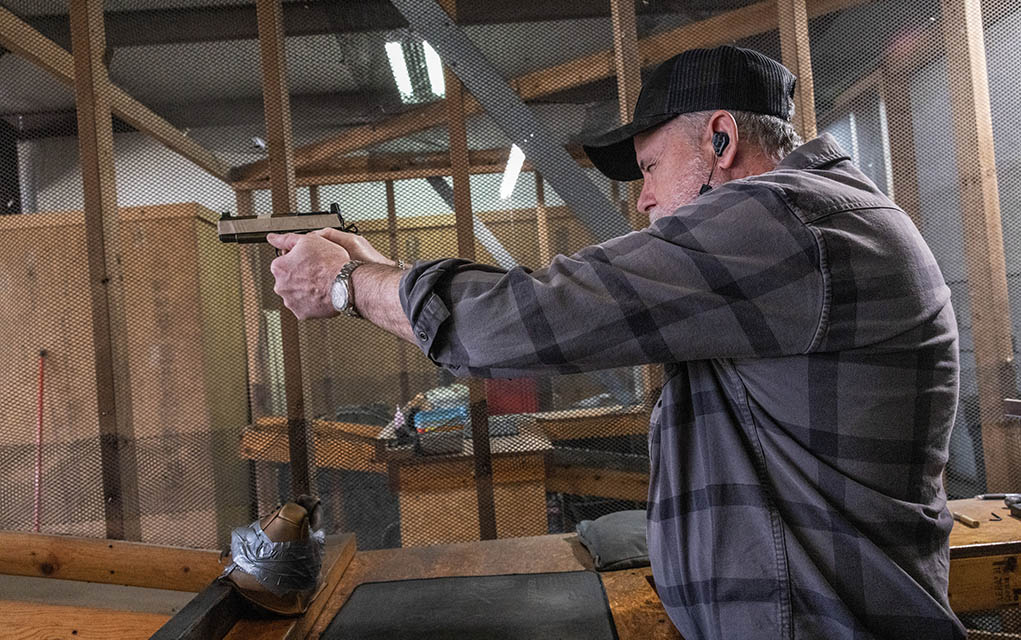

Also, they regulate the sights to the point of impact as part of this process.
Wilson Combat had just put a SFX9 pistol together for me to review, and while I was in the test bay, Austin ran it through the full protocol to include zeroing. After he finished, I ran the pistol through the protocol, too. It performed just fine for me, and my test target passed the precision test.
However, for me, the pistol hit about 3 inches low. We found my sight picture and hold was slightly different—lower—than Austin’s.
After the testing was complete, Austin and I cleaned the pistol and boxed it up with the test target, just as they do with every other firearm they sell. The only difference was that the pistol they will ship to me will also contain my test target. When I pick the pistol up at my dealer, I will—just as I do with every other pistol I test—begin my own testing protocol. Why? Not all tests are designed to evaluate the same things.
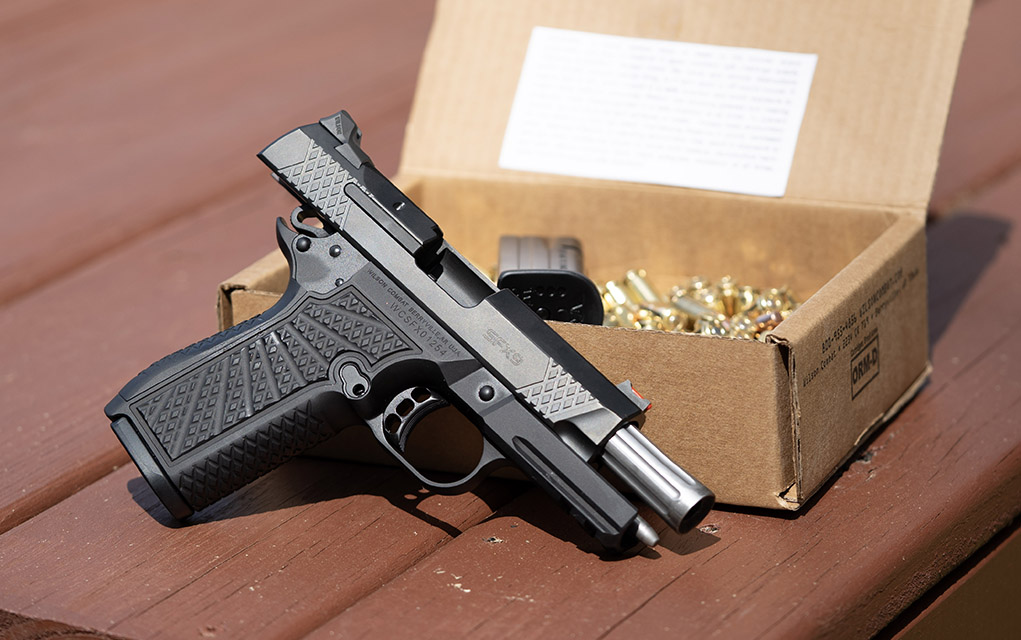

The You Effect
The point of all this is to illustrate there are several ways to test a pistol. Based on your experience, you might do it differently, but two things are for certain. The first is that when you get a new pistol from Wilson Combat, you can rest assured it passed a reliability, zero, and precision test, before it left the factory. The other thing is that before you trust a Wilson Combat or any pistol for personal protection, you need to test and verify those things with your carry ammo. Never leave that up to a manufacturer or a gun writer.
Editor’s Note: This article originally appeared in the June 2025 issue of Gun Digest the Magazine.
More Knowledge For The Armed Citizen:
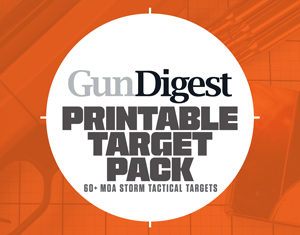

Next Step: Get your FREE Printable Target Pack
Enhance your shooting precision with our 62 MOA Targets, perfect for rifles and handguns. Crafted in collaboration with Storm Tactical for accuracy and versatility.
Subscribe to the Gun Digest email newsletter and get your downloadable target pack sent straight to your inbox. Stay updated with the latest firearms info in the industry.
Read the full article here





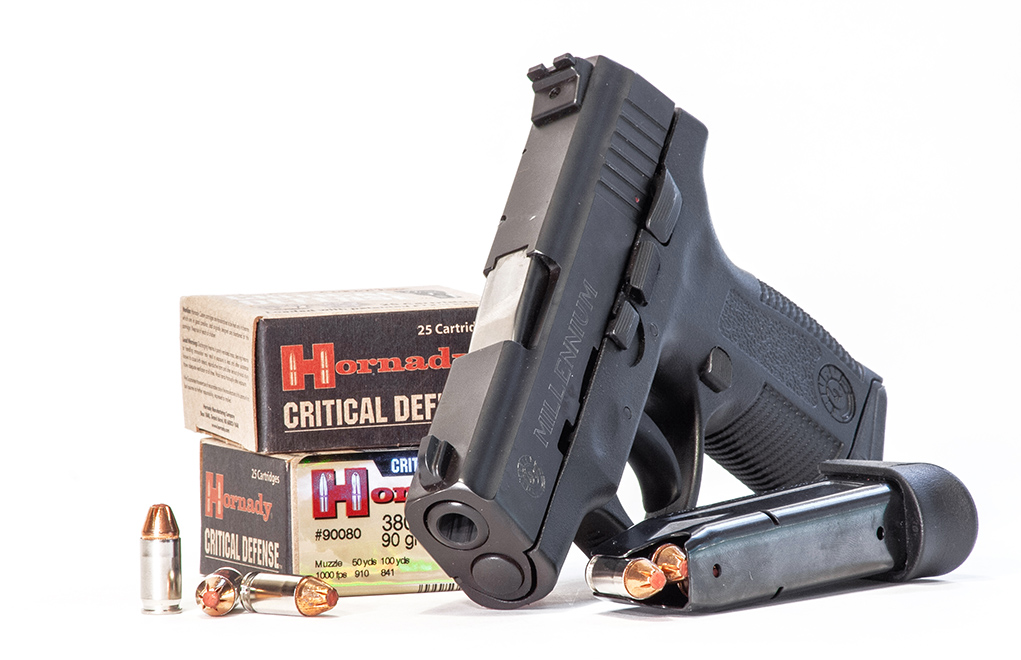










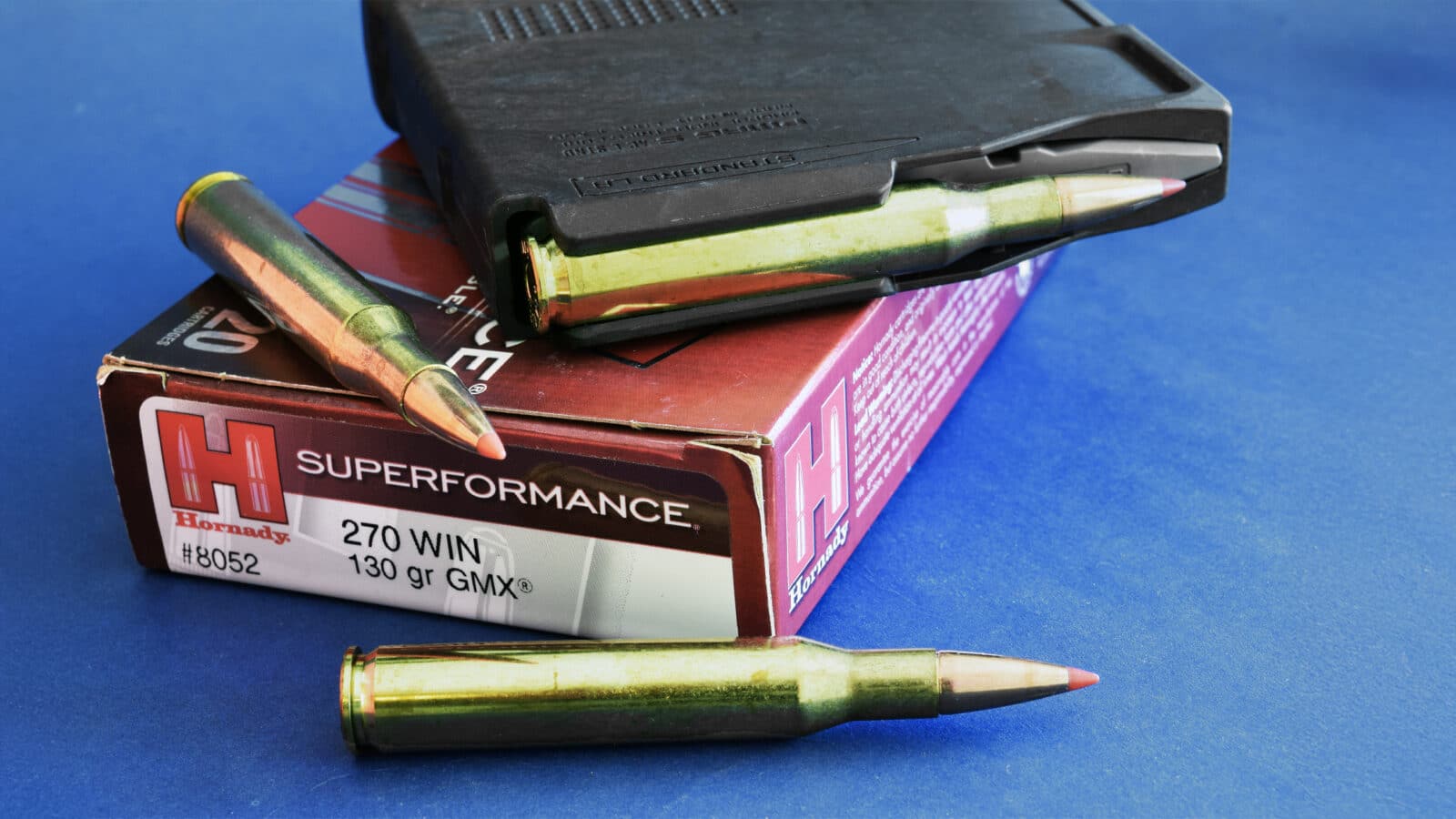
Leave a Reply